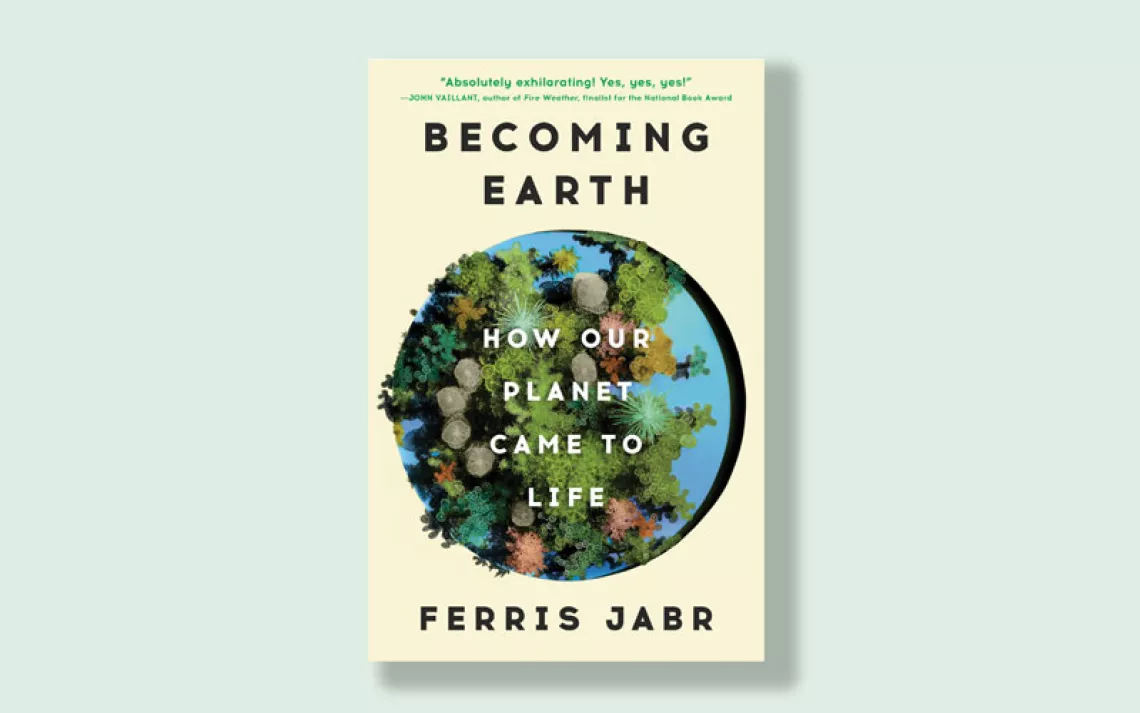The Rich Cultural Lives of Wild Creatures
Carl Safina's "Becoming Wild" explores the ways animals pass along knowledge of the world

Humans trying to make their way in the world have tools, libraries, and Siri. Animals have each other. Mother chimpanzees teach their young what to eat, elephant matriarchs remember where water can be found in dry times, and sperm whales can find others in their clan across hundreds of miles of ocean. Culture isn't just PBS and the symphony—it's how animals live in the world.
Famed ecologist Carl Safina's Becoming Wild: How Animal Cultures Raise Families, Create Beauty, and Achieve Peace (Henry Holt and Co., 2020) explores the role of animal culture, especially for sperm whales, scarlet macaws, and chimpanzees. I happen to be rereading Moby Dick, so I'll focus on the former species. Unknown to Melville, they transmit their culture not through song like their humpbacked cousins but through clicking "codas" that announce their family and clan membership across the ocean. Safina sails the Caribbean with researcher Shane Gero, who, in his attempt to decipher the coda of a whale called Fingers, sounds like the linguist in the sci-fi film Arrival trying to translate the utterances of aliens: "She made one particular coda far more frequently than any of the other whales. She tends to start the vocal exchanges, tends to decide to dive first, and she's the most socially gregarious. We think it's a signal that she's the leader."
Fingers's family was once known as the Group of Seven, but during the decade Gero observed them, the group dwindled to three, one of whom was badly tangled in fishing line. As the whales decline, asks Safina, "what ancient memory banks are being purged, what rich files of life's library are being erased?"
This article appeared in the May/June 2020 edition with the headline "Critter Culture."
 The Magazine of The Sierra Club
The Magazine of The Sierra Club



